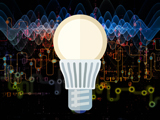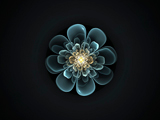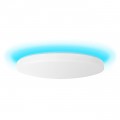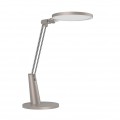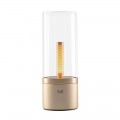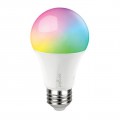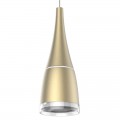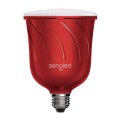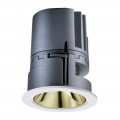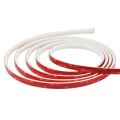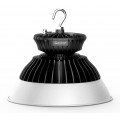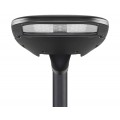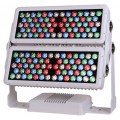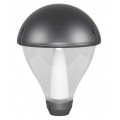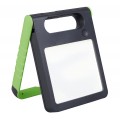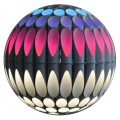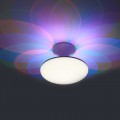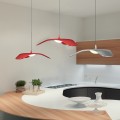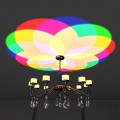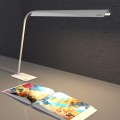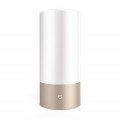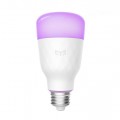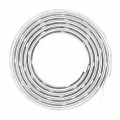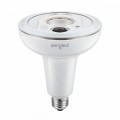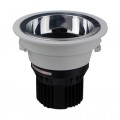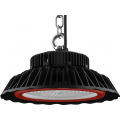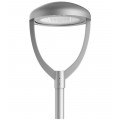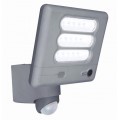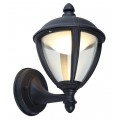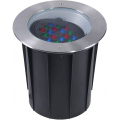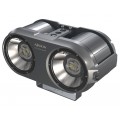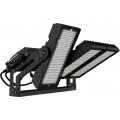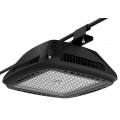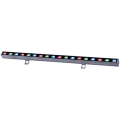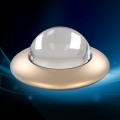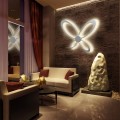Electrical lighting has become prevalent in modern world. Electrical lighting devices are frequently deployed, for instance, in homes and buildings of commercial and other enterprise establishments. Direct, indirect, and direct/indirect Iuminaires allow various options for general office lighting design. The choice will be affected by analysis and project objectives. All types of luminaires are not equally desirable to all lighting applications. Some luminaires are best utilized to illuminate large areas directly. Some Iuminaires are designed directly light ceilings or walls, and for that light to be reflected back into the space.
General lighting - Lighting designed to deliver a substantially uniform level of illuminance throughout an area, without any provision for special local requirements.
Supplementary lighting - Lighting employed to provide an additional quantity and quality of illuminance that cannot readily be acquired by a general lighting system and that supplements the general lighting level, often for specific work requirements.
Local lighting - Lighting providing illuminance across a relatively small area or enclosed space without providing any significant general surrounding lighting.
Direct lighting - Lighting involving luminaires that distribute 90 to 100 percent of the emitted light in the general direction of the surface to be illuminated. The term generally describes light emitted in a downward direction.
Semi-direct lighting - Lighting involving luminaires that spread 60 to 90 percent of the emitted light downward and the balance upward
General diffuse lighting - Lighting involving luminaires that distribute 40 to 60 percent of the emitted light downward and the balance upward, occasionally with a strong component at 90 degrees (horizontal).
Semi-indirect lighting - Lighting involving luminaires that deliver 60 to 90 percent of the emitted light upward and the balance downward.
Indirect lighting - Lighting involving luminaires that distribute 90 to 100 percent of the emitted light upward. With indirect light, much less quantity of light is necessary to provide the same illumination levels as with direct light.
Cove lighting - Lighting including light sources shielded by a ledge or horizontal recess, and distributing light over the ceiling and upper wall.
Cornice lighting - Lighting comprising sources shielded by a panel parallel to the wall and attached to the ceiling, and distributing light over the wail. The cornice lighting fixture is specially developed to provide a uniform illumination or wash to the wall being illuminated.
Valance lighting - Lighting comprising light sources shielded by a panel parallel to the wall at the top of a window.
Diffused lighting - Lighting provided on the work-plane or on an object that is not incident predominantly from any specific direction.
Directional lighting - Lighting provided on the work-plane or on an object which is predominantly from a preferred direction.
Accent lighting - Directional lighting to highlight a particular object or surface feature, or to draw attention to a part of the field of view. Providing visual interest and focal points with accent lighting may add clarity to the overall composition and help with wayfinding in large spaces.
Portable lighting - Lighting involving equipment intended for manual portability.
Task lighting - Lighting directed to a specific surface or area that delivers illumination for visual tasks.
Ambient lighting - Lighting throughout an area that provides general illumination.












